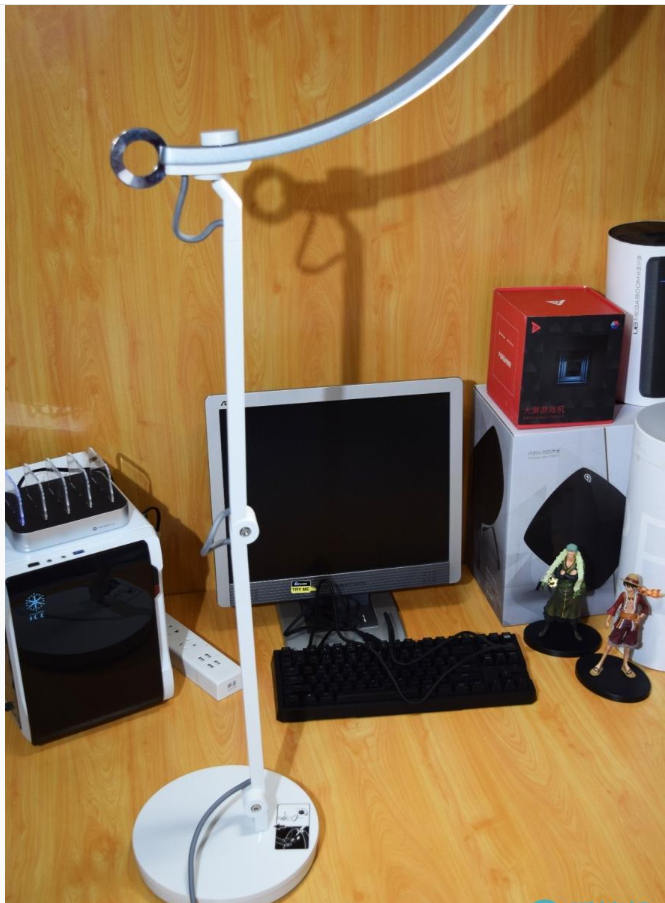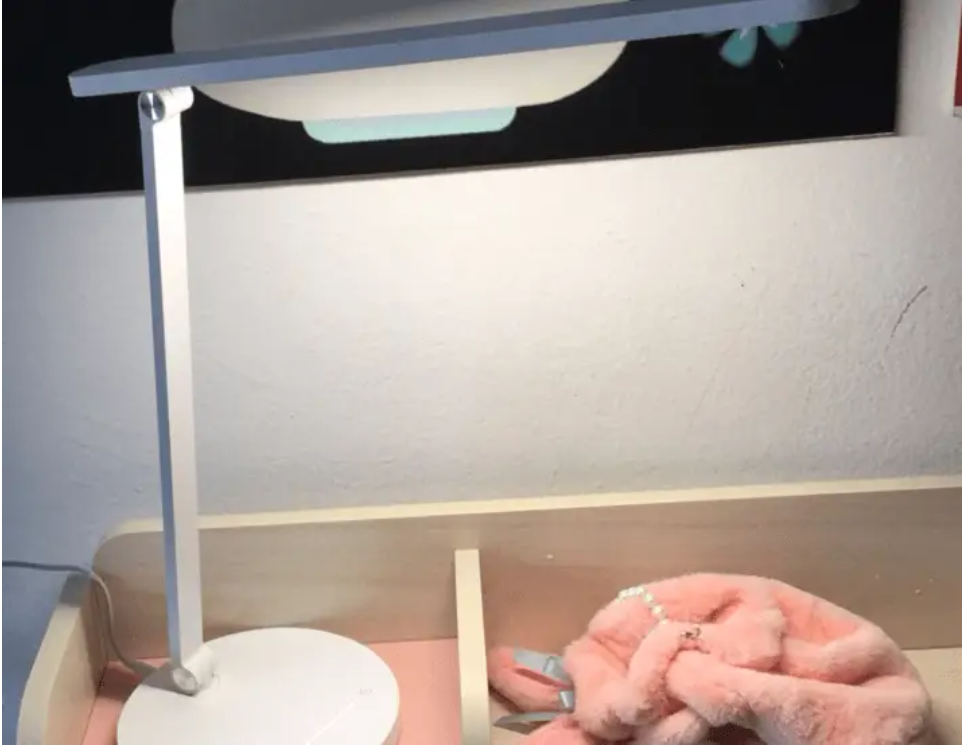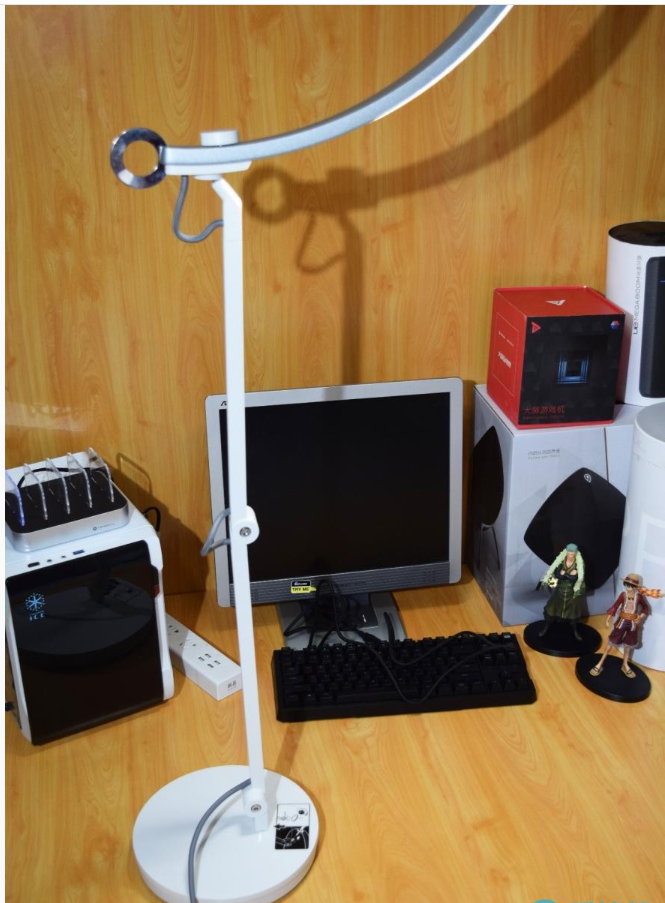In our digitally illuminated world, reading lights have evolved beyond simple brightness. A crucial modern consideration is blue light protection.
Here’s why it matters:
The Nature of Blue Light:
Blue light is a high-energy, short-wavelength light naturally abundant in sunlight. It boosts attention, reaction times, and mood during the day – essential for regulating our circadian rhythm (sleep-wake cycle).
The Problem: Artificial Blue Light & Timing: Modern LED lights, including many reading lamps and screens, emit significant amounts of blue light. The issue arises when we expose ourselves to this intense blue light after sunset, particularly during the hours leading up to bedtime.
Melatonin Suppression: Blue light is exceptionally effective at suppressing the production of melatonin, the hormone crucial for signaling sleepiness and preparing the body for rest. Exposure to blue light from a standard reading lamp in the evening tricks the brain into thinking it's still daytime.

Consequences for Sleep & Health:
Sleep Disruption: Suppressed melatonin leads to difficulty falling asleep, fragmented sleep, and reduced overall sleep quality and duration.
Circadian Rhythm Disruption: Chronic exposure can misalign your internal body clock, leading to long-term sleep problems.
Potential Long-Term Effects: Research suggests links between chronic circadian disruption (often driven by artificial light at night) and increased risks for metabolic disorders, mood issues, and certain chronic diseases.
Eye Strain & Visual Comfort: While less conclusively linked to retinal damage than initially feared (sunlight is the primary concern), concentrated blue light from close-range sources like reading lamps can contribute to:
Digital Eye Strain: Increased glare, difficulty focusing, dry eyes, and headaches during or after extended reading sessions.
Visual Fatigue: The high energy of blue light scatters more within the eye, potentially causing visual discomfort over time.
How Anti-Blue Light Reading Lamps Help:
These specialized lamps address these concerns by:
Reducing Blue Light Emission: They use LEDs designed to emit less energy in the problematic blue wavelengths (typically around 400-500nm), often shifting towards warmer tones in the red/yellow spectrum.
Adjustable Color Temperature: Many offer settings to lower the color temperature (measured in Kelvin - K) for evening use. Warmer light (2700K-3000K) emits significantly less blue light than cooler, daylight-mimicking light (5000K-6500K).
Preserving Circadian Rhythm: By minimizing blue light exposure before bed, they help maintain natural melatonin production, supporting healthier sleep onset and quality.
Enhancing Visual Comfort: The warmer, reduced-blue light is often perceived as softer and less glaring, reducing eye strain during prolonged reading.

Who Needs It Most?
Night Readers: Anyone who enjoys reading books or e-readers in the hour or two before bed.
People with Sleep Issues: Individuals struggling with insomnia or poor sleep quality.
Sensitive Individuals: Those who experience significant eye strain or headaches from artificial light.
Children: Protecting developing sleep patterns is especially important.
The Hidden Dangers of Blue Light
Blue light, a high-energy visible (HEV) light with short wavelengths, is emitted by the sun, digital screens, and LED bulbs. While natural blue light during the day can boost alertness, excessive artificial blue light—especially at night—can disrupt circadian rhythms and lead to:
Digital Eye Strain: Prolonged exposure can cause dryness, irritation, and blurred vision.
Sleep Disruption: Blue light suppresses melatonin production, making it harder to fall asleep.
Long-Term Eye Health Risks: Studies suggest cumulative exposure may contribute to retinal damage over time.
Why Blue Light-Filtering Reading Lights Matter
Unlike standard LED bulbs, reading lights with blue light protection use advanced technology to minimize harmful wavelengths while maintaining warm, comfortable illumination. Key benefits include:
Reduced Eye Fatigue – Warmer light tones ease strain during extended reading sessions.
Better Sleep Quality – Lower blue light emission helps maintain natural melatonin levels.
Enhanced Comfort – Ideal for bedtime reading without overstimulating the brain.

Choosing the Right Reading Light
When selecting a reading light, opt for models with:
Adjustable Color Temperature (e.g., warm white or amber settings).
Low Blue Light Certification (look for labels like "Eye Safe" or "Blue Light Shield").
Dimmability to customize brightness for different times of day.
Expert Insight
Dr. Lisa Carter, an ophthalmologist at [Health Institute], notes: "Many people underestimate how nighttime light exposure affects their eyes and sleep. A reading light with reduced blue light can make a significant difference in long-term visual comfort and overall health."
Final Thoughts
As awareness grows about the effects of blue light, consumers are increasingly seeking lighting solutions that prioritize well-being. Investing in a reading light with blue light protection is a simple yet effective step toward healthier reading habits—whether you’re flipping through a novel or winding down before bed.
Conclusion:
While blue light is essential during the day, its artificial presence at night disrupts our biology. Choosing a reading light with effective blue light protection is no longer a niche luxury but a smart investment in sleep health, visual comfort, and overall well-being. By opting for warmer tones and reduced blue emission, especially in the evenings, you can enjoy your reading ritual without sabotaging your rest. Your eyes – and your sleep cycle – will thank you.



